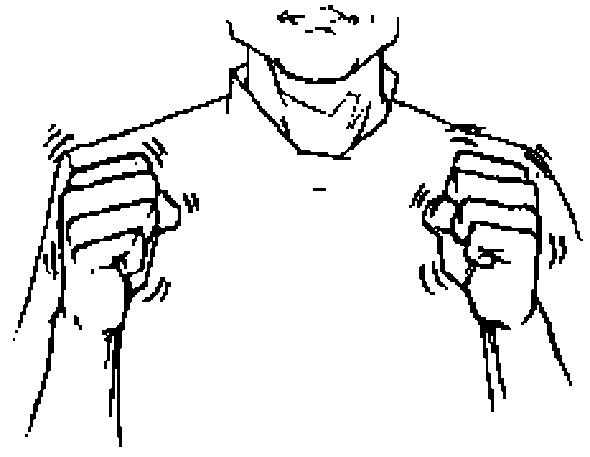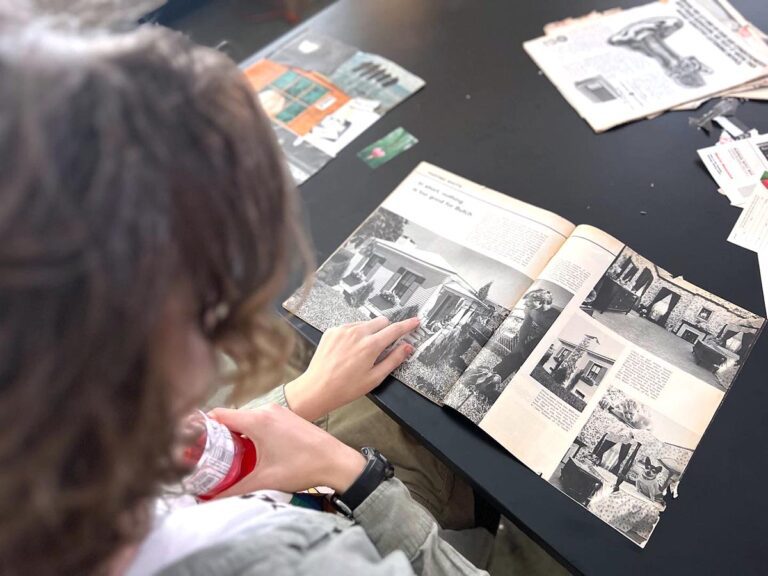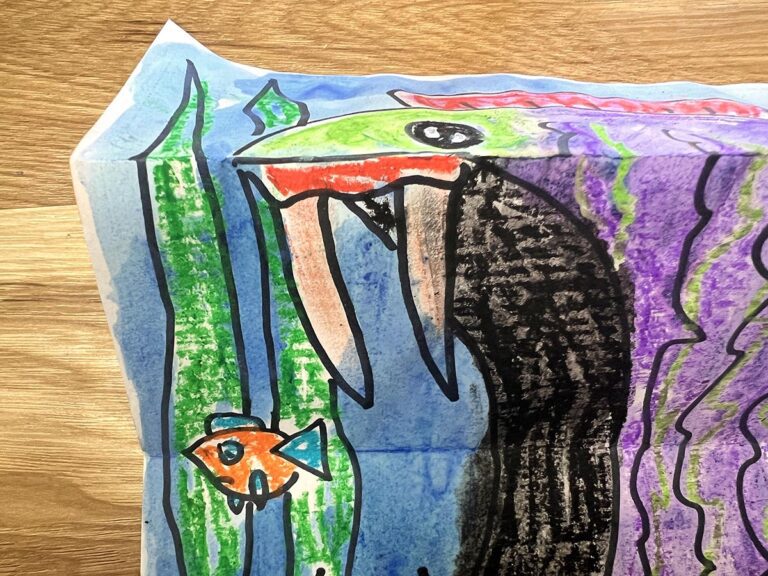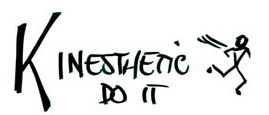
Kinesthetic learning occurs when learning takes place by the student carrying out a physical activity, rather than listening to a lecture or watching a demonstration. Sound like mass chaos? It doesn’t have to be! Here are three way to harness your students’ energy and translate it into learning
3 Ways to “Do” Kinesthetic Learning in the Art Room
1. Try air drawing. Have students use one finger to trace shapes or line types in the air. I even have my Kindergarteners sharpen (bend and flex) their pencil (drawing finger) if it has been awhile since it they have used it. Students can stand or sit while they do this. Include a rhythm, song, or sound effect to help enhance the important parts of each shape. For example, while air drawing a rectangle, students say “short, l-o-n-g, short, l-o-n-g.” When drawing a circle, begin with a high note and when your hand is at the top of the circle, slide down to a low note at the bottom of the circle and them back up to the high note as the circle reaches the starting point again.
2. Teach them sign language. Teach students simple signs for art concepts. If you aren’t sure of the sign, make up a movement that makes sense. I teach warm (the sign for fire) and cool (the sign for cold) to my students. Next, I point to a color on the color wheel and the whole class can tell me if it is in the warm or cool color family all at once! This is a great formative assessment…one glance and you have a pretty good idea if your class is on track.
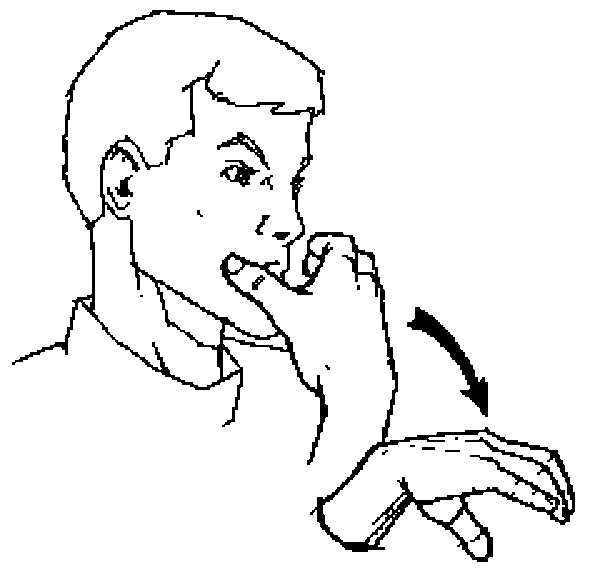
3. Take a gallery walk. Are you students starting to squirm? Can you sense the need to move and stretch? When students need a break, give them one filled with purposeful movement. Have students stand up and push in their chairs. I have younger students even put their hands behind their backs so they are not tempted to touch another person’s work. Next, students loop slowly around the room, examining each others’ work in progress. You could have them look for a good example of ______ while they walk or pair with their neighbor and discuss their favorite piece as they return to their seat.
We all need to move. It stimulates our brain and refreshes our bodies. Students, especially younger students, need to move even more frequently, so plan for this movement and incorporate it into your lesson. The results enhance learning and give students an approved way to release energy!
How do you incorporate kinesthetic learning in your classroom?
Magazine articles and podcasts are opinions of professional education contributors and do not necessarily represent the position of the Art of Education University (AOEU) or its academic offerings. Contributors use terms in the way they are most often talked about in the scope of their educational experiences.
